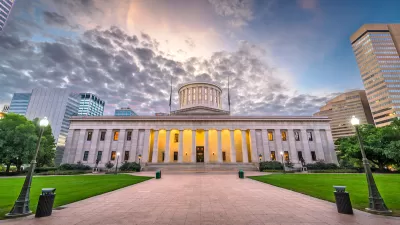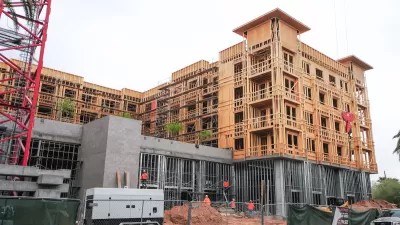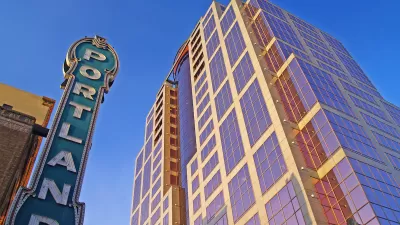It's clear that New Jersey’s economic development planners didn't spend much time thinking about opportunity costs when they approved $1.1 billion in tax incentives under the Grow NJ program.

Camden is one of the most distressed cities in the United States, and if any city needs state help to build its economy, it’s Camden. While the state of New Jersey has responded, the way it has done so adds up to one of the most egregious examples of misuse of economic development incentives in recent memory. At the same time, it offers some useful lessons for thinking about urban economic development, especially about a concept that people working in this field don’t think about enough—opportunity costs.
New Jersey has created what it calls the Grow NJ program, a suite of incentives to encourage corporations to move into or stay in the state. It targets certain areas, with the most generous incentives offered for companies to stay in or move to the state’s four poorest major cities: Camden, Trenton, Paterson, and Passaic. So far so good.
Under this program, New Jersey has given out $1.1 billion in tax incentives to 16 companies in the city of Camden since late 2013. Five account for $900 million of this total, as shown in the table below. All are major, well-heeled corporations. With the exception of EMR, which is a scrap metal facility already located in Camden, all of the companies were already operating in nearby suburbs. The businesses are being paid nearly $400,000 per job, on average, to move operations 5 or 10 miles into new buildings in Camden, along with creating a few additional jobs once the companies relocate.
What’s wrong with this picture?
FULL STORY: How *Not* To Do Economic Development

Alabama: Trump Terminates Settlements for Black Communities Harmed By Raw Sewage
Trump deemed the landmark civil rights agreement “illegal DEI and environmental justice policy.”

Planetizen Federal Action Tracker
A weekly monitor of how Trump’s orders and actions are impacting planners and planning in America.

Why Should We Subsidize Public Transportation?
Many public transit agencies face financial stress due to rising costs, declining fare revenue, and declining subsidies. Transit advocates must provide a strong business case for increasing public transit funding.

Understanding Road Diets
An explainer from Momentum highlights the advantages of reducing vehicle lanes in favor of more bike, transit, and pedestrian infrastructure.

New California Law Regulates Warehouse Pollution
A new law tightens building and emissions regulations for large distribution warehouses to mitigate air pollution and traffic in surrounding communities.

Phoenix Announces Opening Date for Light Rail Extension
The South Central extension will connect South Phoenix to downtown and other major hubs starting on June 7.
Urban Design for Planners 1: Software Tools
This six-course series explores essential urban design concepts using open source software and equips planners with the tools they need to participate fully in the urban design process.
Planning for Universal Design
Learn the tools for implementing Universal Design in planning regulations.
Caltrans
Smith Gee Studio
Institute for Housing and Urban Development Studies (IHS)
City of Grandview
Harvard GSD Executive Education
Toledo-Lucas County Plan Commissions
Salt Lake City
NYU Wagner Graduate School of Public Service





























